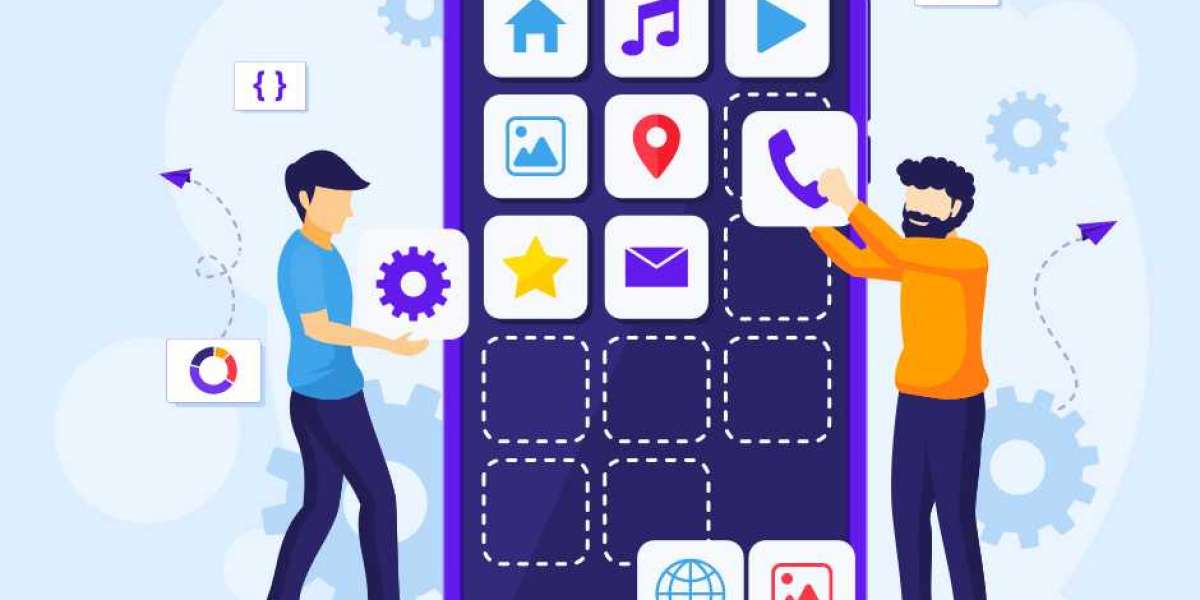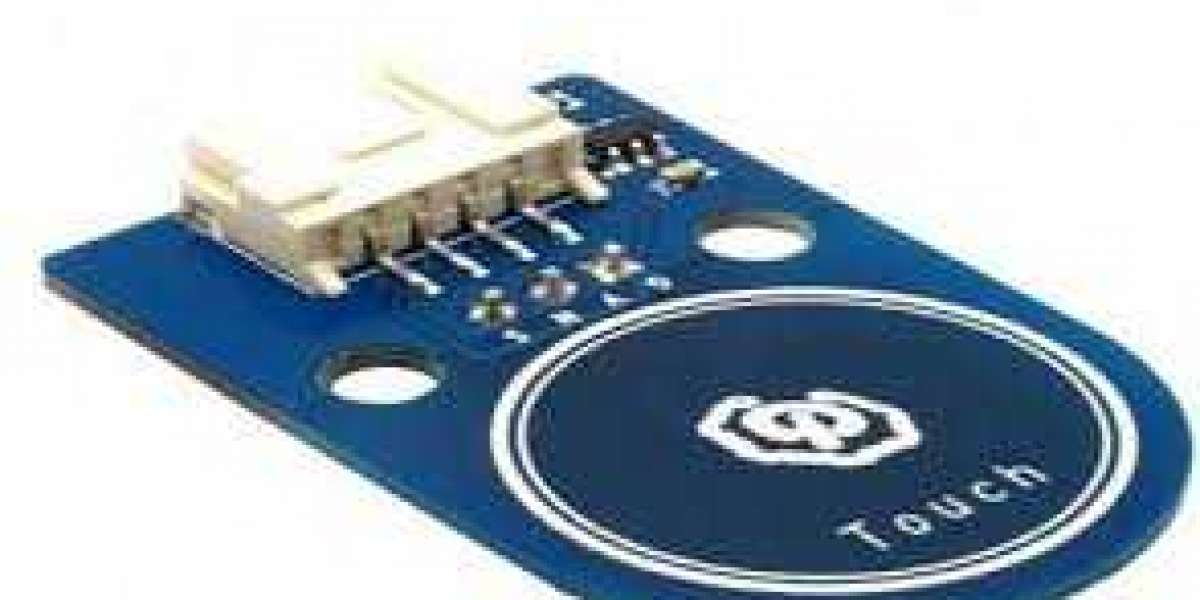In the dynamic world of mobile app development, creating visually stunning Android apps is not just about functionality; it's also about captivating design. With the advent of Material Design, Google's comprehensive design language, developers have been empowered to craft aesthetically pleasing and intuitive applications that enhance user experience. In this blog, we delve into the essence of mastering Material Design and its profound impact on Android app development services.
Material Design: A Visual Paradigm Shift
Material Design represents a paradigm shift in the way designers and developers approach the creation of Android applications. Introduced by Google in 2014, Material Design emphasizes principles such as material metaphor, bold colors, responsive animations, and meaningful motion. It aims to create a unified experience across different devices and screen sizes while providing users with a visually appealing interface.
By adhering to Material Design guidelines, developers can ensure that their apps not only look visually stunning but also offer seamless navigation and interaction. This consistency in design fosters familiarity and instills confidence in users, ultimately leading to higher engagement and retention rates.
Creating Visually Stunning Android Apps
Mastering Material Design involves a deep understanding of its core principles and the tools available to implement them effectively. Let's explore some key aspects of creating visually stunning Android apps:
Typography and Typography
Typography plays a crucial role in Material Design, contributing to the overall aesthetics and readability of an app. By choosing appropriate font styles, weights, and sizes, developers can enhance the visual hierarchy and ensure that content is easily digestible. Additionally, tools like Google Fonts offer a wide range of options to customize typography according to the app's theme and branding.
Color Palette
Material Design advocates for the use of bold and vibrant colors to create visually striking interfaces. Developers can leverage tools like Material Color Tool to generate harmonious color palettes and ensure accessibility for users with varying visual abilities. By selecting colors that reflect the app's personality and purpose, developers can evoke the desired emotional response and enhance the overall user experience.
Responsive Layouts
With the proliferation of devices with different screen sizes and resolutions, responsive layout design is crucial for ensuring a consistent user experience across various platforms. Material Design provides guidelines for creating flexible and adaptive layouts using techniques like responsive grids, scalable components, and adaptive typography. By embracing responsive design principles, developers can cater to a diverse audience and deliver a seamless user experience on any device.
Motion and Animation
Motion and animation are integral components of Material Design, used to convey meaning, provide feedback, and enhance user engagement. By incorporating subtle animations for transitions, feedback, and visual cues, developers can create immersive experiences that delight users and make interactions more intuitive. Tools like Lottie enable developers to add high-quality animations to their apps with minimal effort, enhancing the overall visual appeal.
Accessibility
Accessibility is a fundamental aspect of design, ensuring that apps are inclusive and usable by individuals with disabilities. Material Design emphasizes the importance of accessibility by providing guidelines for creating accessible interfaces, including proper color contrast, semantic markup, and support for assistive technologies. By following these guidelines, developers can make their apps more inclusive and accessible to a wider audience.
Impact on Android App Development Services
The adoption of Material Design has significantly influenced the landscape of Android app development services. Developers who master Material Design principles are better equipped to create visually stunning and user-friendly applications that stand out in the competitive market. By offering expertise in Material Design, app development companies can attract clients looking to create modern and engaging Android apps that resonate with their target audience.
Furthermore, incorporating Material Design into Android app development services enables companies to deliver high-quality products that meet Google's design standards and enhance user satisfaction. Clients value developers who can translate their vision into visually appealing and intuitive interfaces that align with their brand identity.
Also Read:- business ideas for healthcare professionals
In conclusion, mastering Material Design is essential for creating visually stunning Android apps that elevate the user experience. By embracing Material Design principles and leveraging the available tools and resources, developers can craft immersive and engaging applications that set new standards in the realm of Android app development services. As the mobile app landscape continues to evolve, Material Design remains a cornerstone for building modern, intuitive, and visually captivating Android apps.
Incorporating Material Design into Android app development services not only enhances the visual appeal but also improves user experience and accessibility. As the demand for high-quality mobile apps continues to rise, mastering Material Design is becoming increasingly crucial for developers and app development companies striving to deliver innovative solutions that meet the evolving needs of users.



